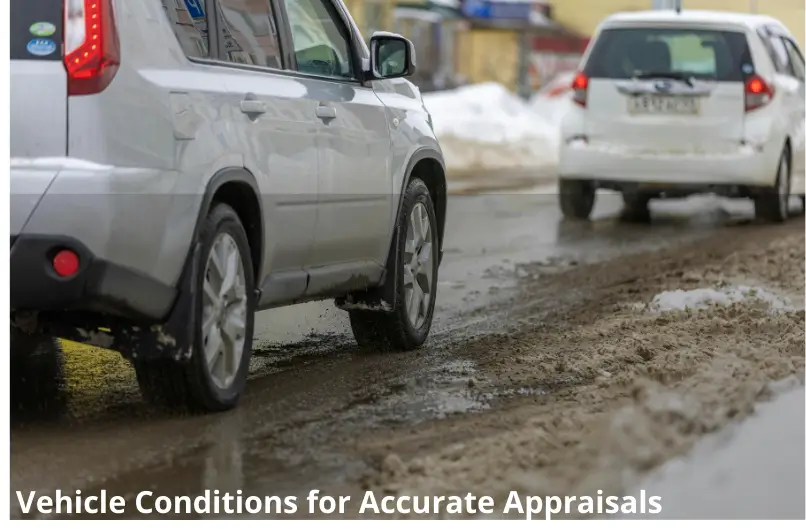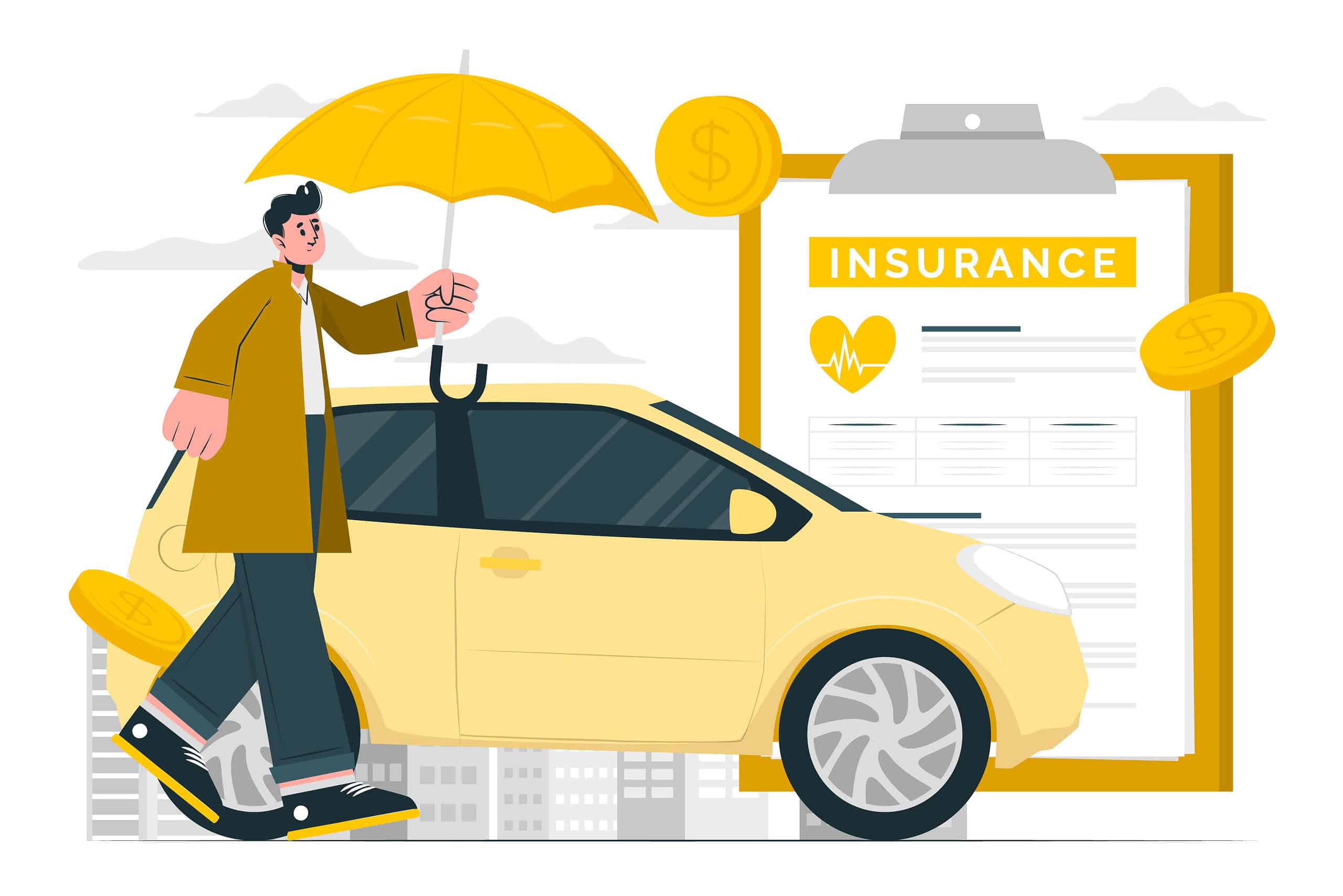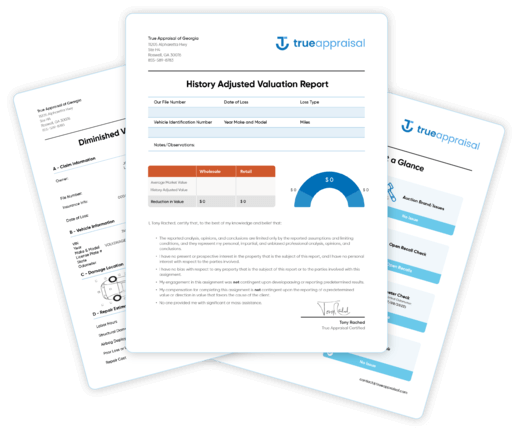Understanding Diminished Value: Protecting Your Vehicle’s Worth
When it comes to owning a vehicle, it’s not just about the initial investment or the ongoing maintenance costs. A significant aspect that often goes unnoticed is the concept of “diminished value.” This term refers to the reduction in a vehicle’s resale or market value due to damage it has sustained, even after being repaired to its pre-accident condition. In this blog post, we’ll delve into the nuances of diminished value, how it affects vehicle owners, and steps you can take to protect your vehicle’s worth.
The Basics of Diminished Value
Diminished value is essentially the difference between the pre-accident value of a vehicle and its value after it has been repaired following an accident. It’s rooted in the idea that even though a vehicle may have been fixed, potential buyers might still perceive it as less valuable compared to an identical vehicle with no history of damage.
This perception is based on several factors, including the extent of the damage, the quality of repairs, and the vehicle’s history. Two main categories of diminished value exist:
- Inherent Diminished Value: This refers to the immediate reduction in value a vehicle experiences as soon as it’s involved in an accident, even if it’s been perfectly repaired. The fact that the vehicle now has a record of damage history leads to lower buyer confidence and, consequently, a lower selling price.
- Repair-Related Diminished Value: This type of diminished value occurs when a vehicle has been repaired, but the repairs weren’t executed to the highest standard. Even if the damage is repaired, if the vehicle’s performance, appearance, or safety are compromised in any way, its value will decrease further.
Factors Influencing Diminished Value
Several factors play a role in determining the extent of diminished value a vehicle experiences:
- Age and Mileage: Newer vehicles with lower mileage tend to experience more significant diminished value as potential buyers are more sensitive to any damage history.
- Severity of Damage: The extent of the damage and the type of repairs needed can heavily impact how potential buyers perceive the vehicle’s value.
- Type of Vehicle: Luxury and high-performance vehicles often experience more substantial diminished value due to their higher market values and the higher expectations of their buyers.
- Quality of Repairs: A shoddy repair job can severely impact the vehicle’s value, even if the damage was minor.
- Market Perception: Regional trends and market conditions can influence how much a damaged history impacts a vehicle’s value.
Protecting Your Vehicle’s Worth
While you can’t entirely eliminate diminished value, there are steps you can take to mitigate its impact:
- Choose Reputable Repair Shops: Opt for certified repair shops with a history of quality work. This will ensure that your vehicle is repaired to a high standard.
- Maintain Comprehensive Records: Keep records of all repairs and maintenance work. A well-documented history can help establish that the vehicle has been well taken care of.
- Consider Diminished Value Insurance: Some insurance companies offer diminished value insurance, which can provide coverage in case your vehicle’s value drops after an accident.
- Disclosure: If you decide to sell your vehicle, be transparent about its history. Honesty can help build trust with potential buyers.
Conclusion
In the world of vehicle ownership, understanding diminished value is crucial for making informed decisions. While you can’t entirely avoid its effects, you can take proactive steps to minimize the impact and ensure that your vehicle maintains its value as much as possible. By choosing reputable repair shops, maintaining thorough records, and being upfront about your vehicle’s history, you’ll be better equipped to protect your investment in the long run.



